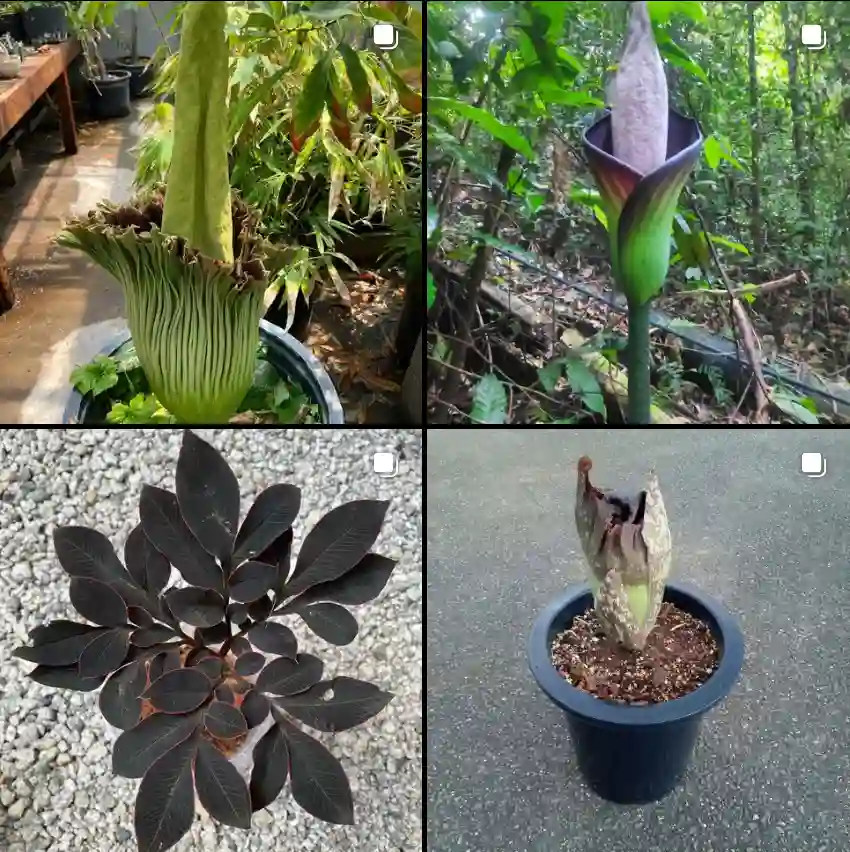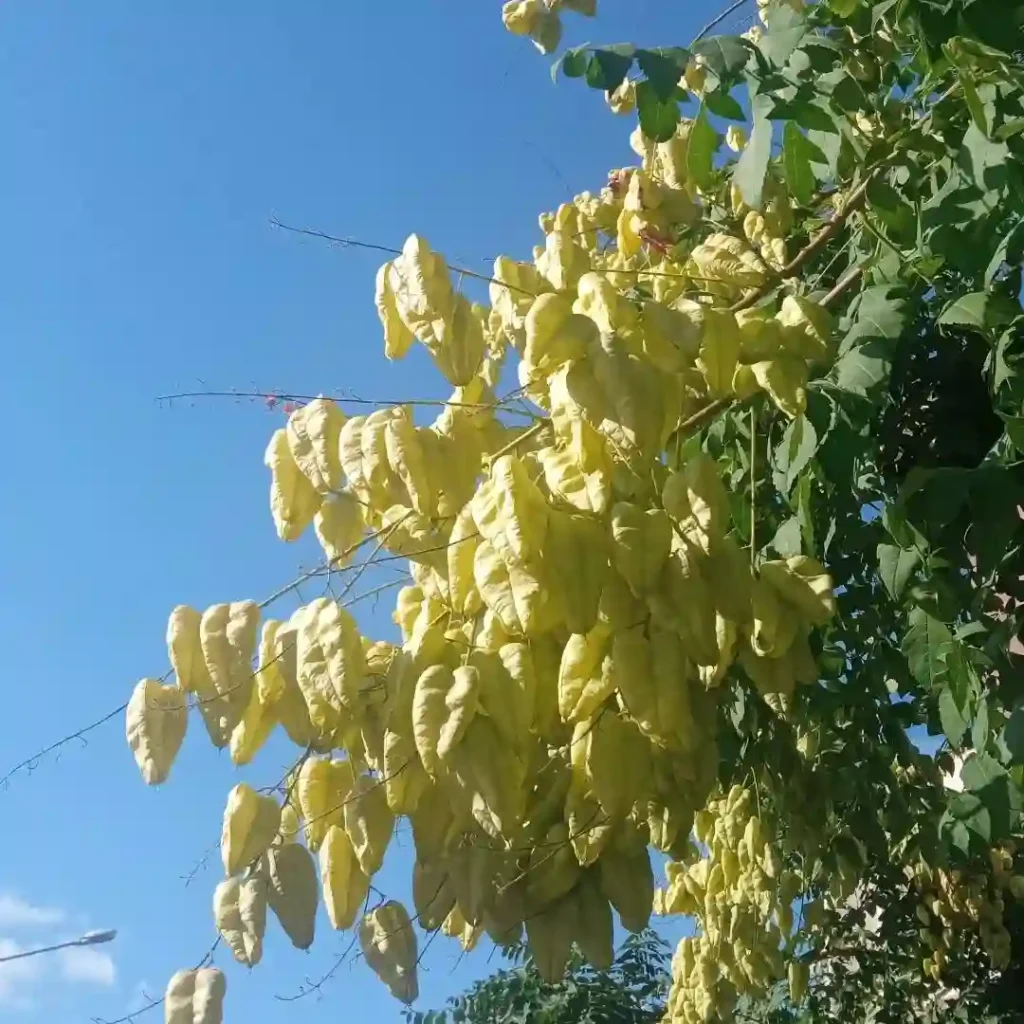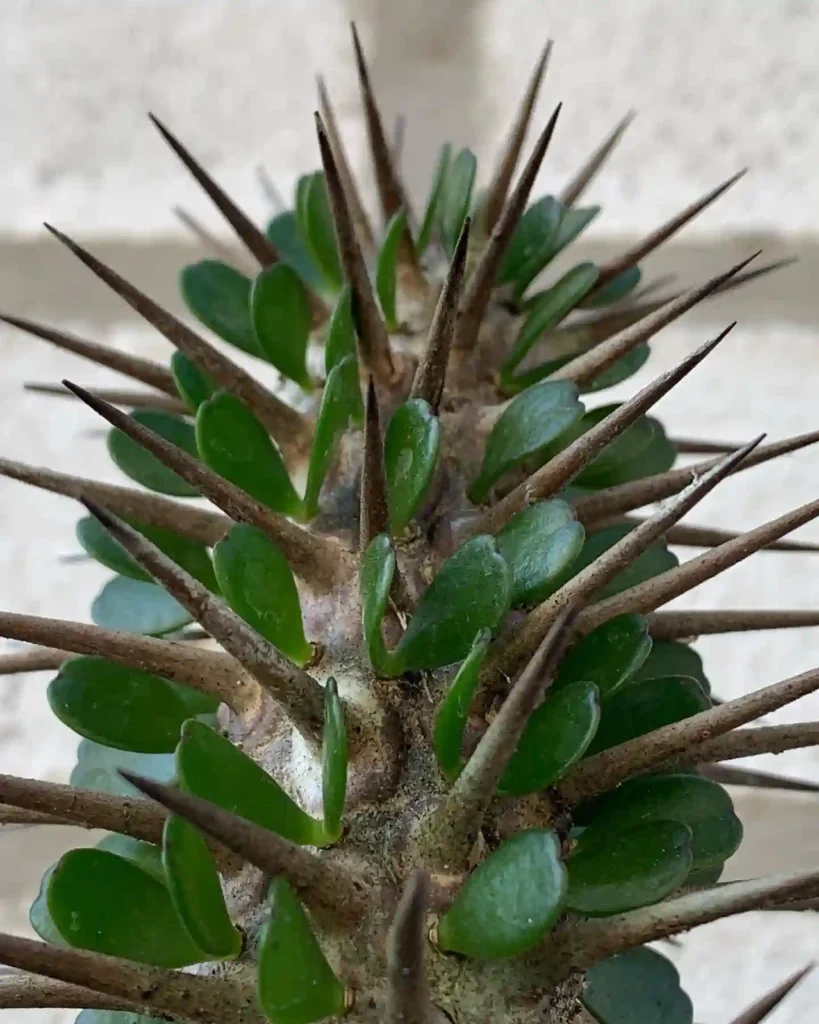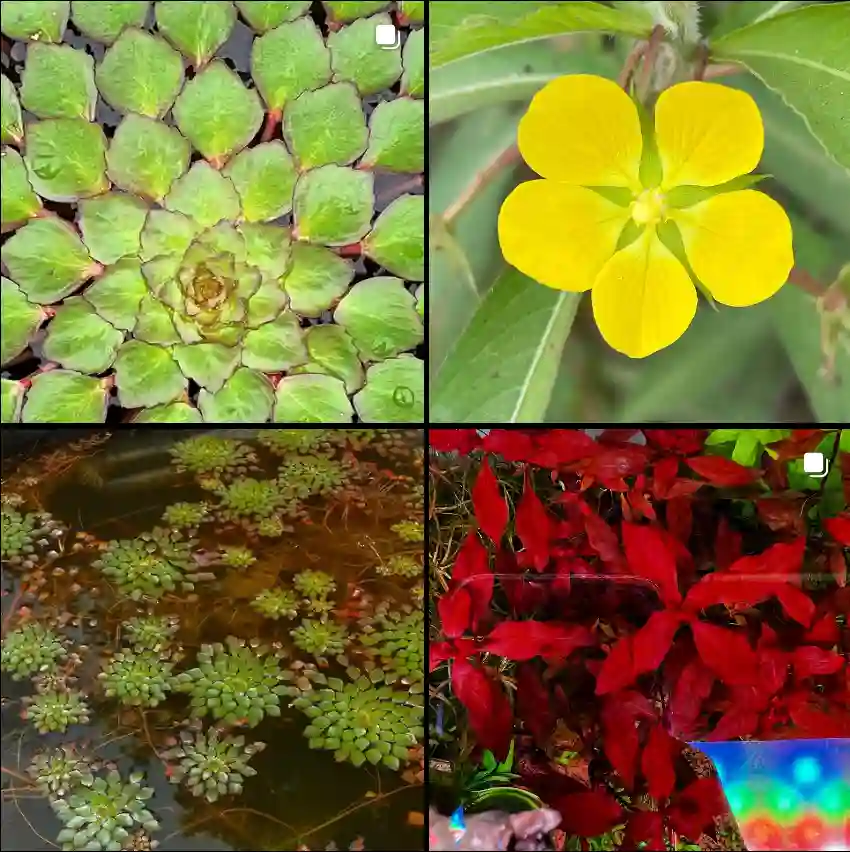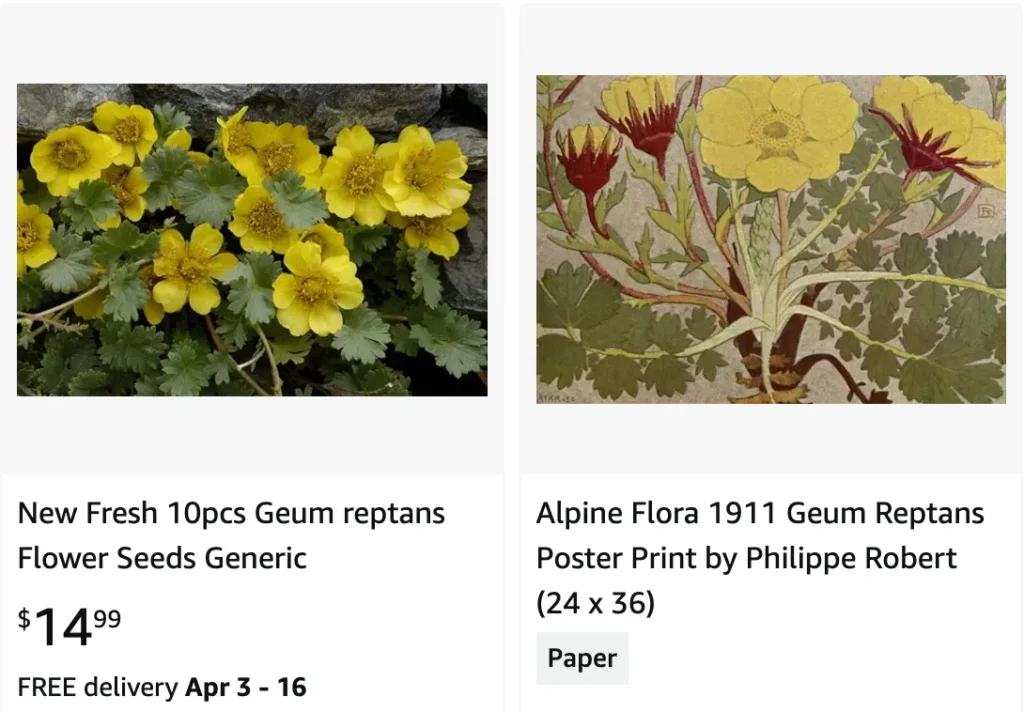
The Allure of Creeping Avens: A Gardener’s Guide to Geum Reptans
For years, my garden beds have been a canvas for bold colors and architectural shapes. But lately, I’ve found myself drawn to a more low-key elegance, a touch of whimsy that complements the vibrant perennials already thriving in my little slice of paradise. Enter Geum reptans, the creeping avens.
This charming little perennial captivated me with its sunshine-yellow blooms and delicate, feathery seedheads. But its appeal goes beyond aesthetics. Creeping avens is a low-maintenance gem, perfect for busy gardeners like myself. It tolerates a wide range of conditions and thrives with minimal fuss. Intrigued? Let’s delve deeper into the world of Geum reptans.
59 Species in Genus Geum
What is Geum Reptans?
Geum reptans, also known as creeping avens, is a low-growing perennial flower native to the mountainous regions of Central and Southeastern Europe. It’s a member of the rose family (Rosaceae), sharing a lineage with some of our favorite flowering shrubs. Creeping avens boasts a delightful combination of visual interest and resilience.
Creeping avens typically reaches a height of 6-12 inches, forming a dense, spreading mat with lobed, green leaves. The star of the show, however, are the cup-shaped, butter-yellow flowers that grace the plant in late spring or early summer. These cheerful blooms eventually give way to equally captivating, fuzzy pink seedheads that add a touch of whimsy throughout the season.
Where to Buy Geum Reptans?
Finding Geum reptans can be a delightful treasure hunt. Local nurseries specializing in perennials are a great starting point. Alternatively, online retailers often offer a wider selection of varieties. Look for reputable sellers with positive customer reviews to ensure you receive healthy plants.
How to Care for Geum Reptans?
The beauty of creeping avens lies in its easygoing nature. It thrives in full sun to partial shade, making it adaptable to various garden settings. While it tolerates average moisture levels, consistent watering during hot, dry periods will keep your plant happy and blooming. Deadheading spent flowers throughout the season encourages continuous blooming.
Creeping avens isn’t a heavy feeder, but a light application of balanced fertilizer in early spring can give it a boost. The plant is generally pest- and disease-resistant, adding to its low-maintenance appeal. Come fall, simply remove any dead foliage and mulch around the base of the plant for winter protection.
How to Propagate Geum Reptans?
Sharing the joy of creeping avens with fellow gardening enthusiasts is easy. This versatile plant can be propagated through division in spring or fall. Simply dig up a mature clump, carefully divide it into sections with at least 2-3 buds each, and replant the divisions in your desired locations.
What to Plant With Geum Reptans?
Creeping avens’ low-growing habit and cheerful blooms make it a fantastic companion for other perennials. Here are some ideas to inspire your garden design:
- Tall perennials: Combine creeping avens with taller flowering plants like lavender, delphiniums, or yarrow for a multi-layered effect.
- Groundcovers: Creeping avens complements other low-growing plants like ajuga, phlox subulata, or tiarella, creating a tapestry of color and texture.
- Shrubs: Plant creeping avens near the base of shrubs with contrasting foliage for added visual interest.
Conclusion
Creeping avens, with its sunshine-yellow blooms and charming seedheads, is a captivating addition to any garden. Its low-maintenance nature and adaptability make it a favorite among busy gardeners. Whether you’re a seasoned green thumb or just starting your gardening journey, Geum reptans is sure to add a touch of whimsy and elegance to your outdoor haven. So, grab your trowel and get ready to welcome the creeping avens into your garden!
If i die, water my plants!
